Beyond American Born Chinese : Gene Luen Yang discusses his other great graphic novels
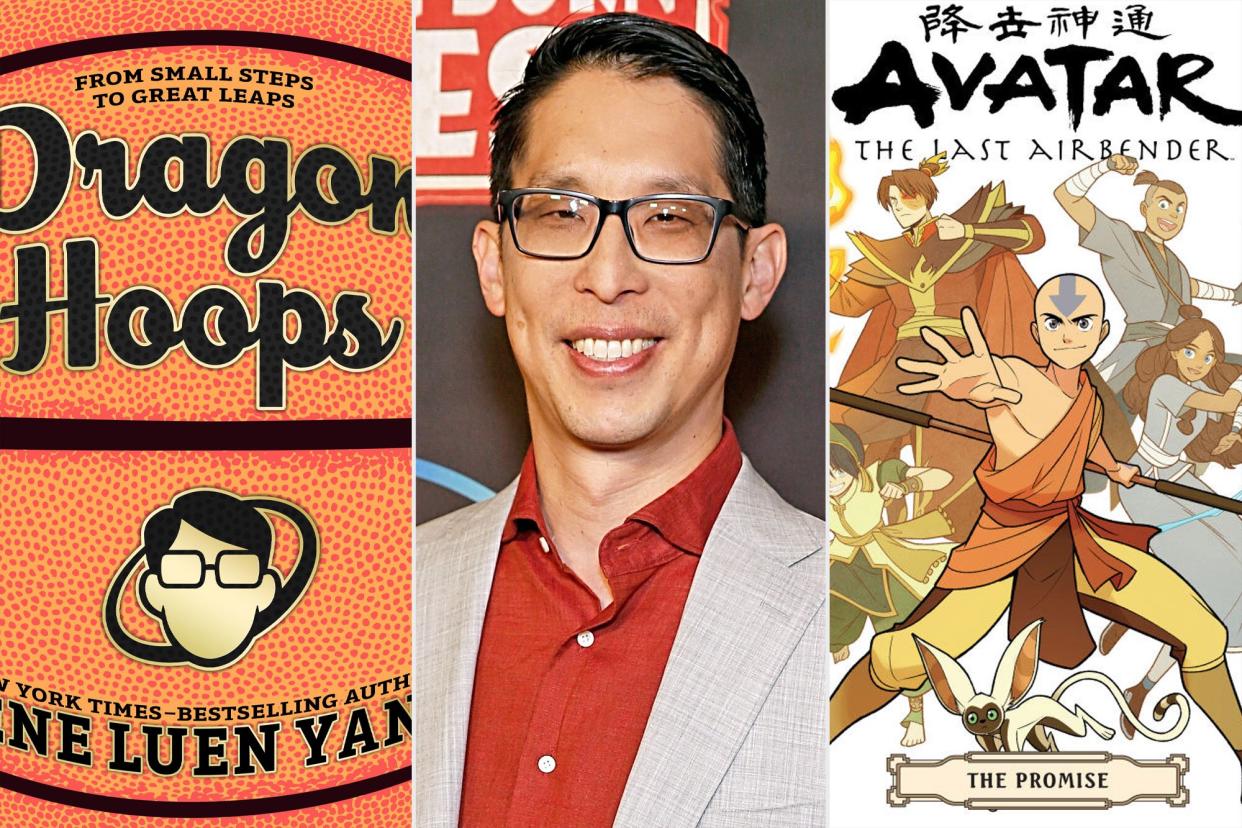
- Oops!Something went wrong.Please try again later.
- Oops!Something went wrong.Please try again later.
- Oops!Something went wrong.Please try again later.
20 years ago, Gene Luen Yang was making his own comics... by hand. After making photocopies at Kinko's, he'd staple them together himself, and then sold his self-made comics at local comic conventions and stores. Those handmade comics became American Born Chinese, the 2006 graphic novel whose blend of magical realist storytelling and honest reckoning with the Asian American experience won awards upon release and is still taught in classrooms to this day.
Now the graphic novel's universe is brought to life in the American Born Chinese Disney+ TV adaptation which Yang helped produce. The series (now streaming) expands his original graphic novel into eight episodes of high school drama mixed with fantasy adventure.
EW caught up with Yang to discuss his many subsequent graphic novels that have earned him Eisner Awards and a prestigious MacArthur Fellowship. Newfound fans of the series pay attention: There's a lot more good reading where that came from.

First Second; Dominik Bindl/Getty; Dark Horse Comics Gene Luen Yang, author of 'Dragon Hoops,' 'Avatar: The Last Airbender,' and other comics.
<em>Avatar: The Last Airbender</em> (Dark Horse, 2012-2017)
When Yang's friend and fellow cartoonist Derek Kirk Kim told him that Nickelodeon's Avatar: The Last Airbender was "the best animated series that America has ever created," he was initially skeptical. But Yang soon found himself hooked by the saga of Aang and his friends restoring balance to their elemental world — so much so that he later jumped at the chance to continue the story in comics. With help from ATLA co-creators Michael DiMartino and Bryan Konietzko, Yang's comics filled in some missing pieces from the show, like what happened to Zuko's mom.
"The Asianness of that show just felt so authentic to us," Yang says. "That's a testament to how seriously Mike and Bryan researched the heck outta that show. They also included a group of Asian Americans on their team to help develop that show. All of that comes through."
The comics were "such a collaborative project," Yang says. "I learned so much from Mike and Bryan because that was the first time I'd ever gotten to talk to people who work in animation, and they're world-class storytellers. My own process of writing changed from that experience."
Yang also worked with the artist team Gurihiru on Avatar: The Last Airbender, with whom he would later reunite on DC's Superman Smashes the Klan.
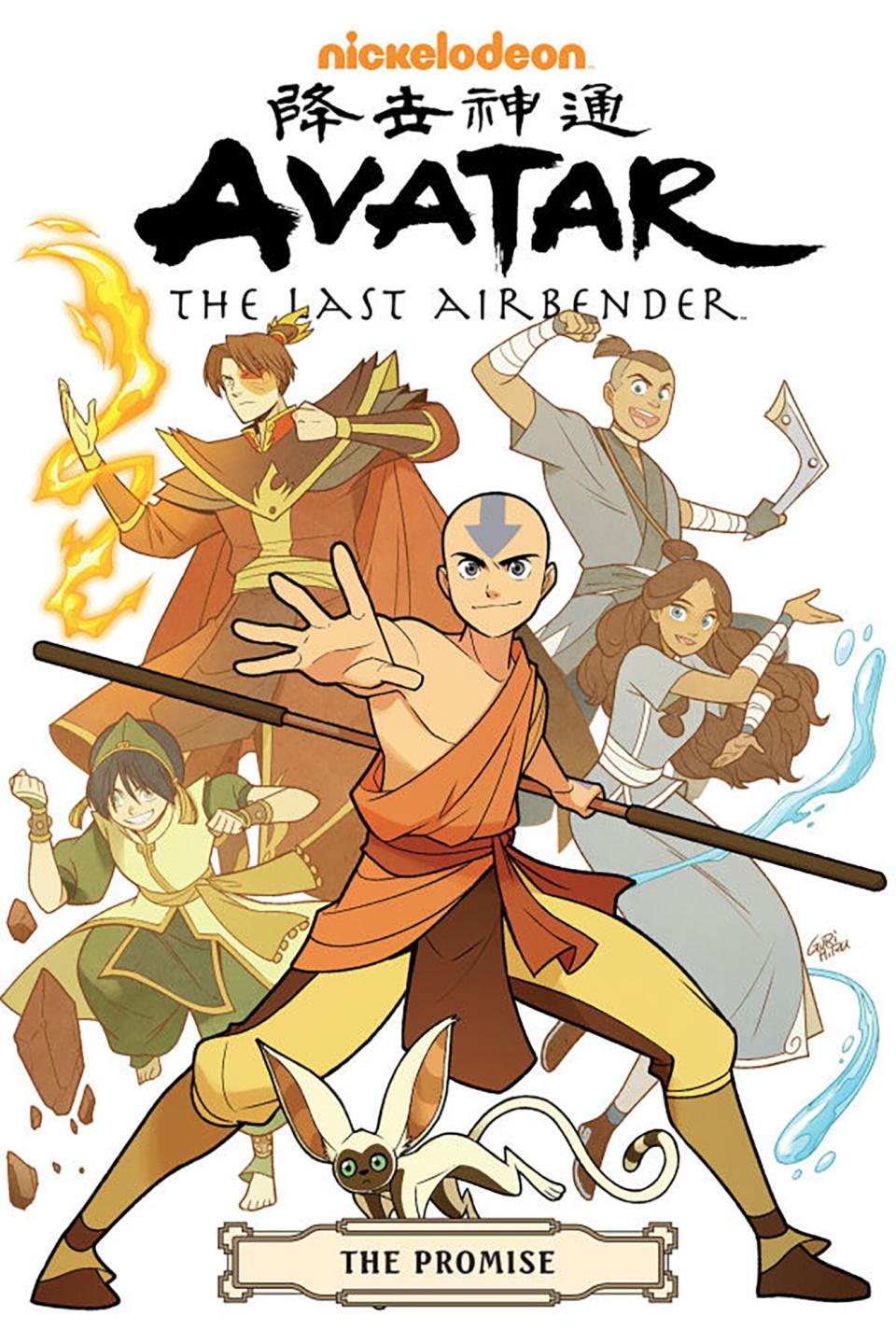
<em>Boxers & Saints</em> (First Second, 2013)
Yang first became aware of the Boxer Rebellion in 2000, when his Chinese Catholic community celebrated Pope John Paul II's canonization of Chinese saints who were martyred in the conflict by rebels who saw them as traitors to China's own culture and history. Boxers & Saints is Yang's two-volume telling of the conflict from the perspectives of Chinese people on opposite sides, with violence and magic that were both informed by his exhaustive research.
"I definitely am attracted to magical realism, Yang says. "Maybe it's just from reading lots of superhero comics when I was a kid. I remember reading about how the Boxers were these young men who believed that they could actually call the Chinese gods down from the heavens, be possessed by their spirits, and given superpowers. When I read about that, I was like, 'man, that really sounds like Shazam, but in real-life, turn-of-the-century China.' I just felt like I had to draw that."
He continues, "on the other side, growing up Catholic, the stories that are most fascinating to me are of apparitions. When people experience the luminous, it's like a story that is a part of your life and community that becomes embodied in front of you in some way."
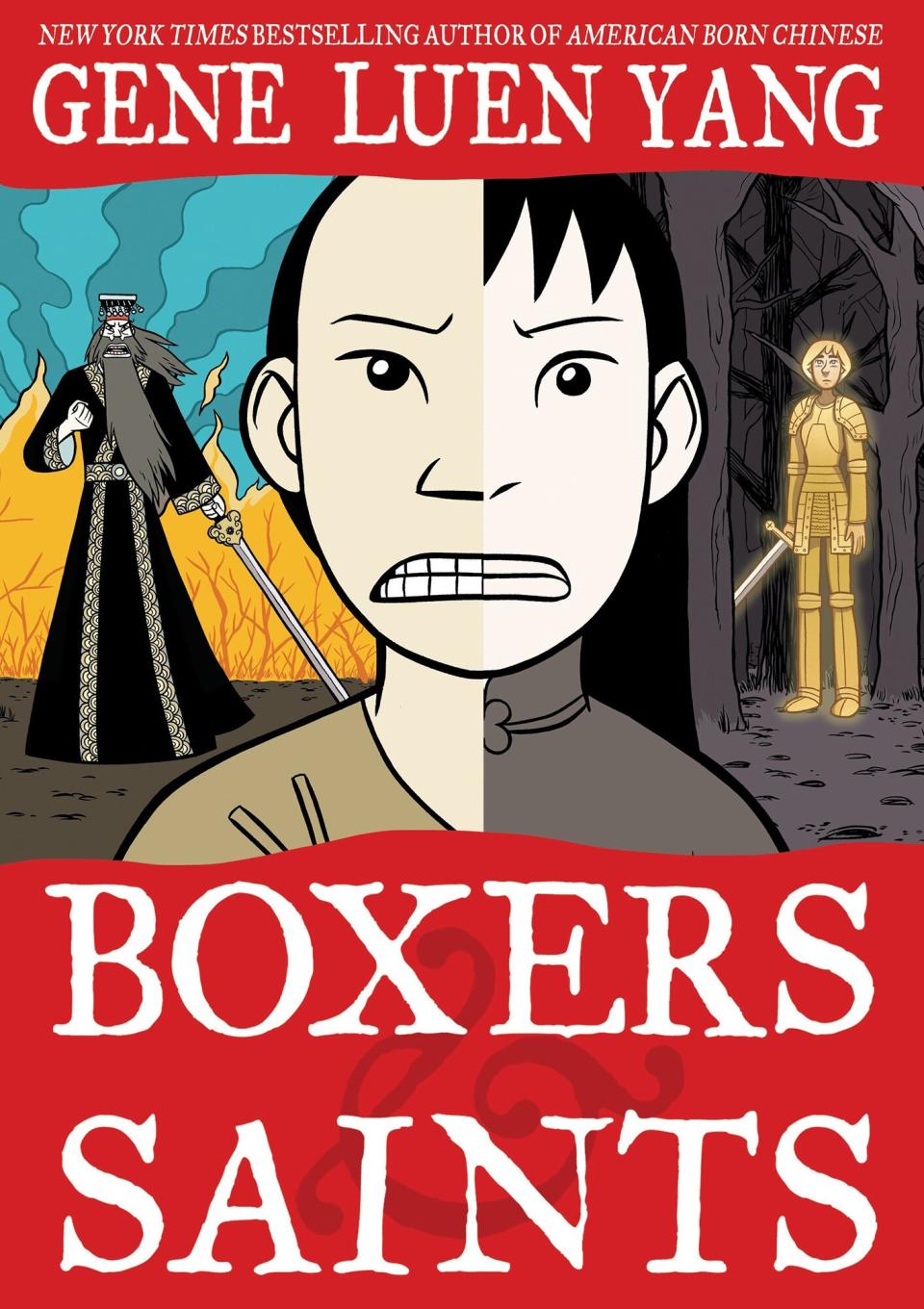
<em>Dragon Hoops</em> (First Second, 2020)
Yang's least fantastical comic ever was drawn from his experience as a teacher at Bishop O'Dowd High School in Oakland, Calif., at a time when the school's basketball team was making a run for the state championship. Struck with writer's block after completing Boxers & Saints, Yang was inspired by his wife to build his next graphic novel on the story that was unfolding around him.
"Doing a deep dive into the world of basketball was super fun, but it was also the most nerve-wracking project I've worked on so far," Yang says. "Number one, I'm telling this story about real people who I know. I was constantly worried about how the book was gonna affect my relationships with them."
He continues, "And then the second thing is that I did not have complete control over the narrative. I didn't know how the season would end. So I was like constantly trying to figure out, 'okay, if things go badly, how am I gonna still make this a compelling story?'"
Yang need not have worried; after five years of intense effort, he completed one of his most compelling comics ever.
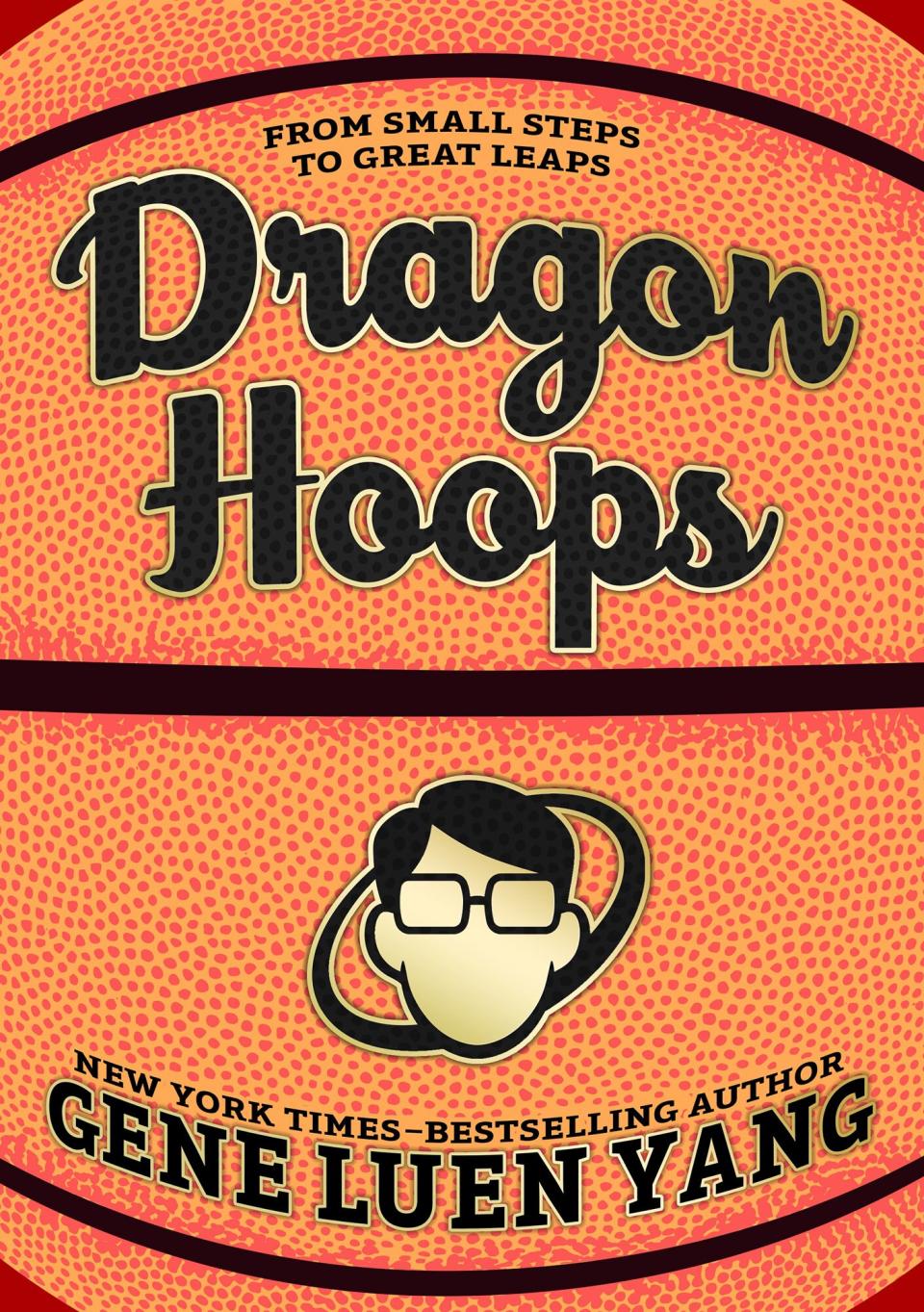
<em>Shang-Chi</em> (Marvel, 2020-2023)
Although Yang was a dedicated fan of superhero comics growing up, he mostly stayed away from Marvel's singular Asian superhero because "I was going through a time when I felt embarrassed about being Chinese" (a feeling explored in American Born Chinese). But with the hero's entry into the Marvel Cinematic Universe approaching, Marvel editor Darren Shan sent Yang a bunch of old Shang-Chi comics, and the author signed on for a five-issue miniseries. Thanks to fan support (and the success of the movie), Yang's run on Shang-Chi grew into a three-year, 24-issue epic about martial arts, superheroes, and family.
"A lot of the older stories did not age well, but underneath the slightly rough stuff, there was a story about family," Yang says. "So we leaned into that theme. We created a supporting cast that was made up of his half-siblings. Our version of Shang-Chi comes from this idea that his family is a cult of supervillains, and then he's trying to figure out his own path forward."
Funnily enough, Yang went on to work with Shang-Chi and the Legend of the Ten Rings director Destin Daniel Cretton on the American Born Chinese show. Yang says Cretton "always comes across as relaxed, even in the most stressful situations. He can handle anything."
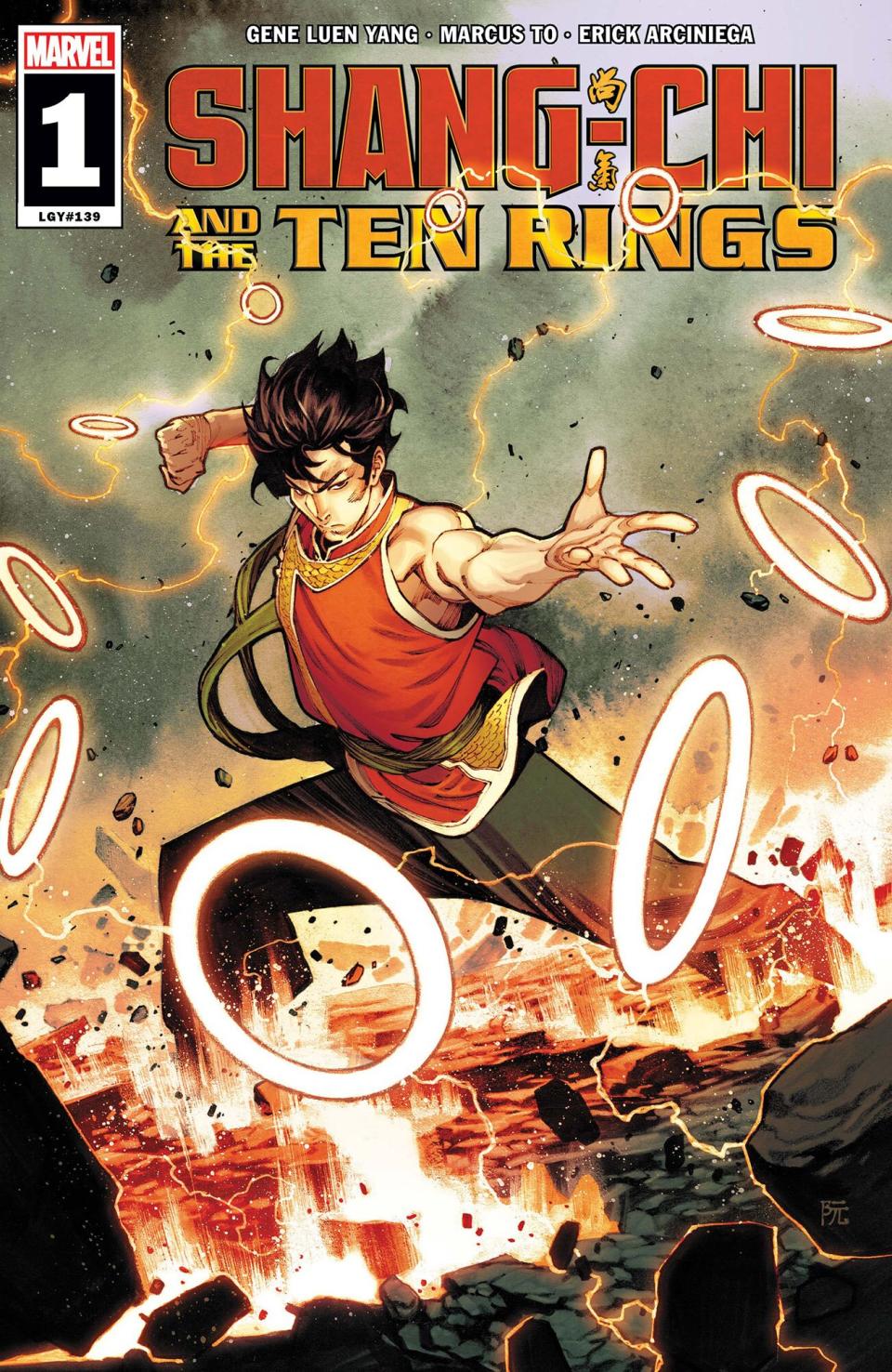
<em>Monkey Prince</em> (DC, 2021-2023)
Sun Wukong, the Monkey King, is a mythological figure who exerts as much influence over Yang's work as superhero comics. So it only felt right when Yang got the opportunity to combine those two cultural strains in the form of Monkey Prince, a new DC superhero he co-created with artist Bernard Chang and editor Jessica Chen.
"We are all of Chinese descent, so we all grew up with Monkey King stories, and we've always wanted to incorporate him into a superhero universe in the way that Thor's incorporated into the Marvel Universe and the Greek gods are part of the DC Universe," Yang says. "Monkey Prince was our chance to do it. We wanted it to feel like a story that could only be told in the DC Universe. So his parents are like these henchmen who hire themselves out from one villain to the other, and that allowed us to have Monkey Prince interact with a bunch of other superheroes."
Yang is referring to Monkey Prince's human parents there, but the character's real father is Sun Wukong — just like Wei-Chen in American Born Chinese.
"It's funny because when I signed on to do Monkey Prince, it was still up in the air whether the show would happen," Yang says with a laugh. "So I ended up working on these two projects that had a son of the Monkey King at the center at the same time."
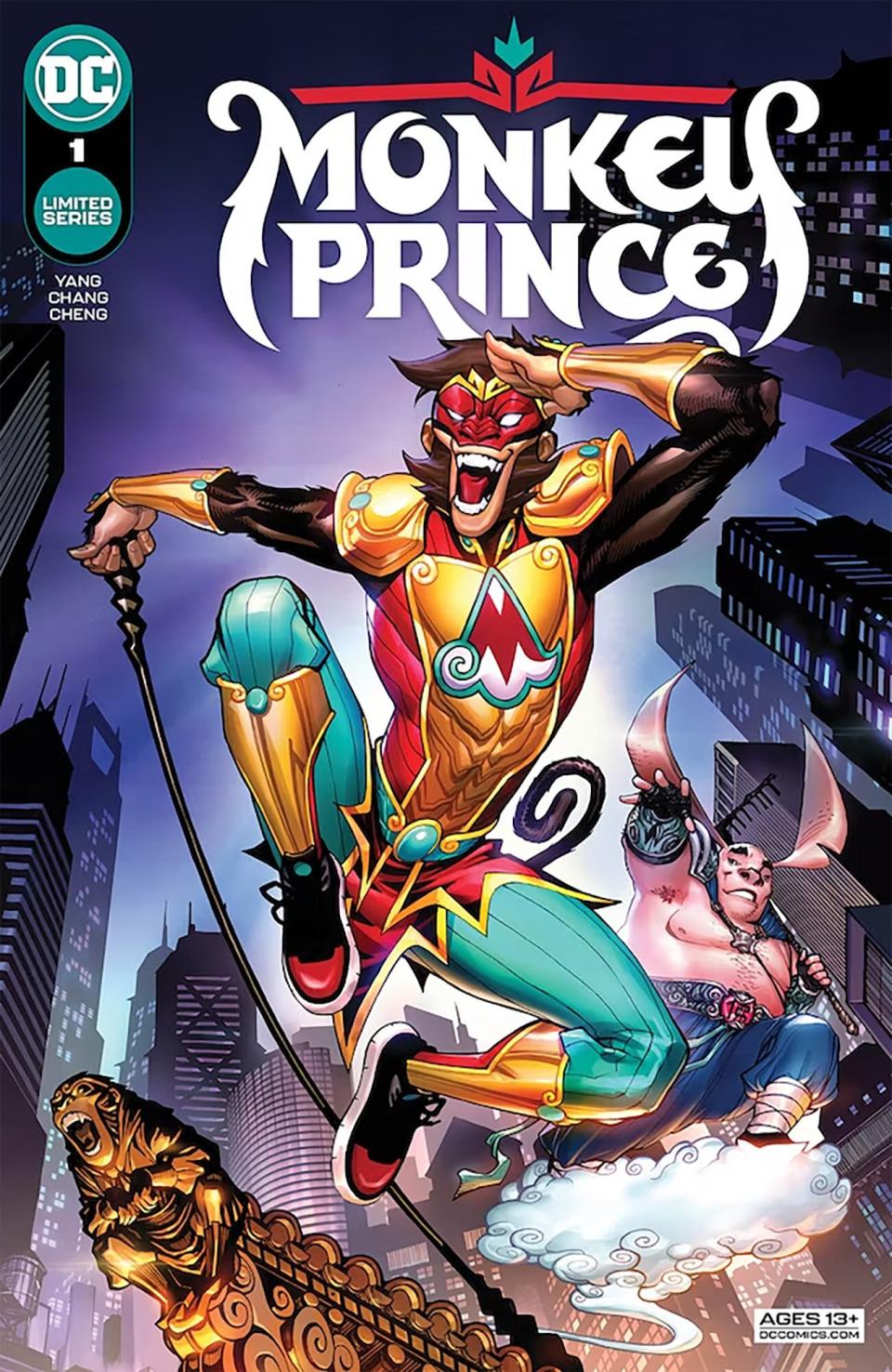
<em>The Books of Clash</em> (First Second, 2023)
Yang first encountered Clash of Clans years ago, when his son got really into playing the mobile strategy game. Although Yang acknowledges that he's "not very good at video games," he played alongside the rest of his family. Yang cites Carl Barks' classic Donald Duck comics as an inspiration for his new Books of Clash series, set in the world of Clash of Clans and co-created with artists Allison Acton and Les McClaine.
"Carl Barks is so admirable because up until that point Donald Duck was the star of these animated shorts, which were really fun and slapstick, but not very deep," Yang says. "Barks demonstrated the power of comics because when Donald Duck moved from the screen to the page, he became this really complex character with a rich supporting cast, some of whom are so compelling that they became stars in their own right, like Scrooge McDuck."
Yang continues, "I've always wanted to do the same thing with video game characters, and Books of Clash is our chance to do it. We can give interior lives to these characters that players know and love."
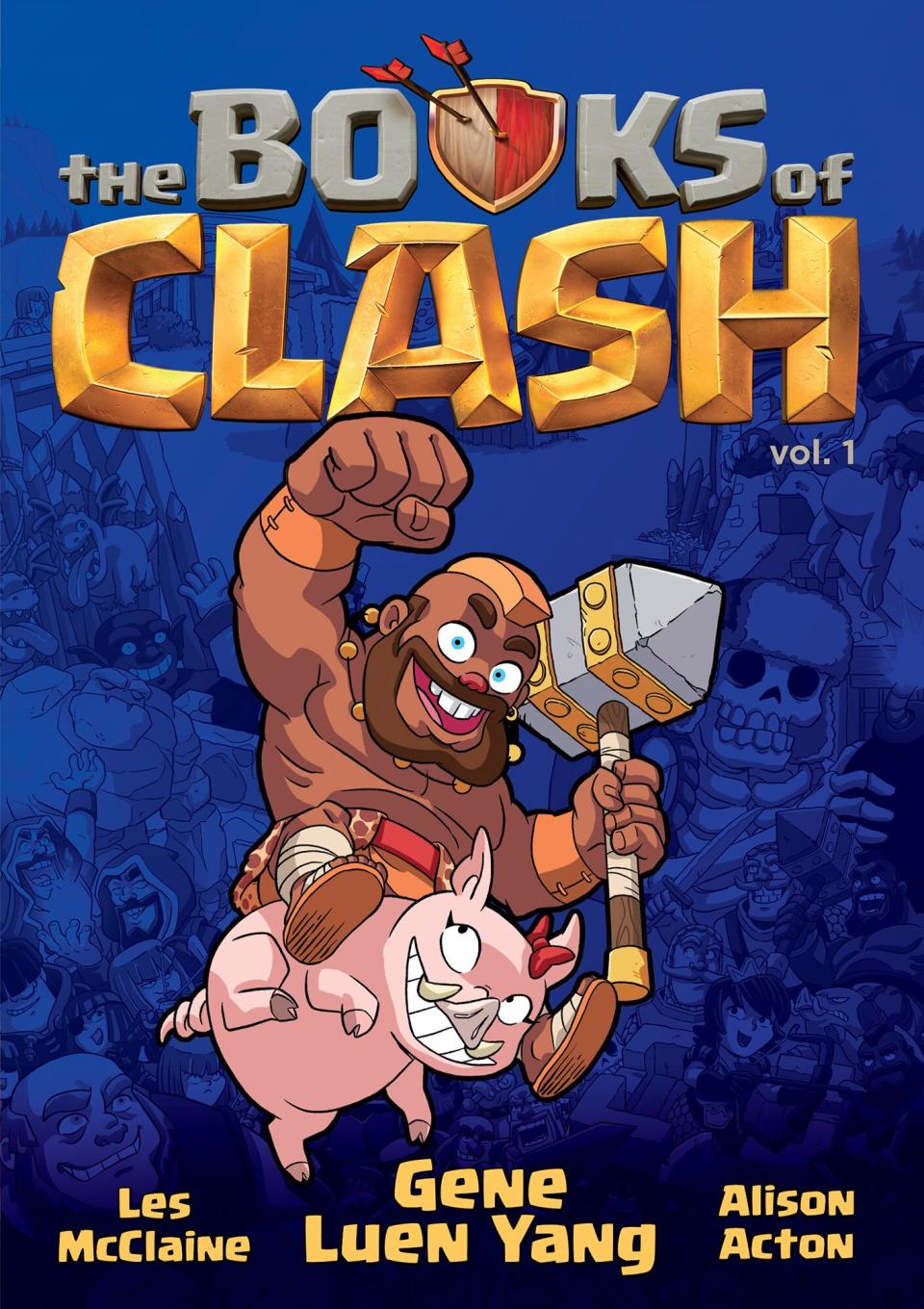
Related content:

